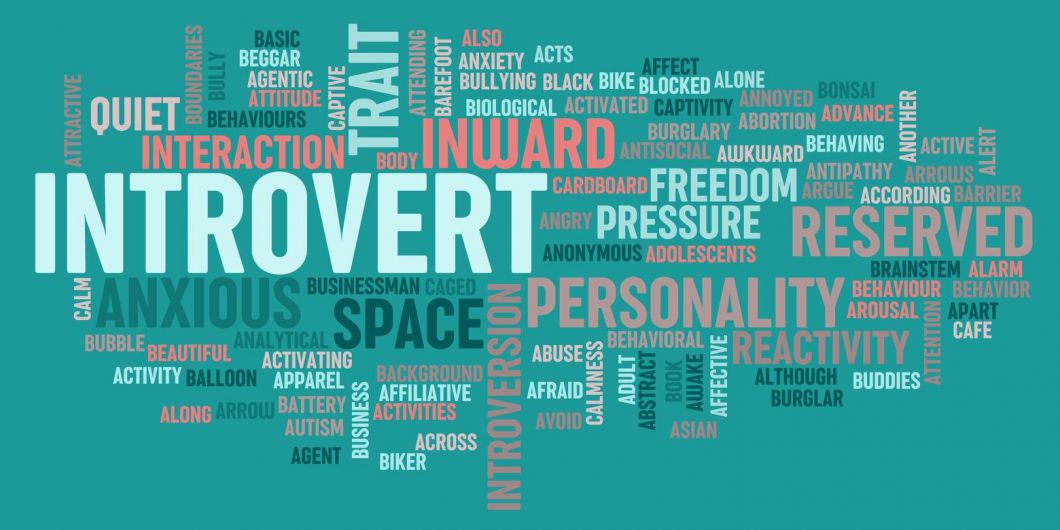Tag Archives for " social situations "

Extroverts and introverts are two types of people who generally prefer different activities, environments, and work styles. Extroverts tend to be more social and enjoy being around other people, and they seek stimulation from their environment and thrive on new experiences.